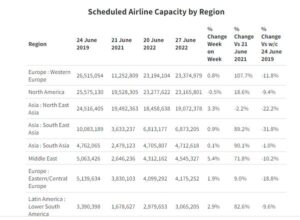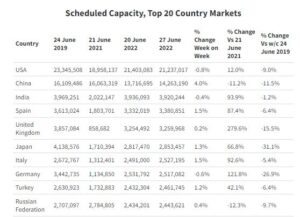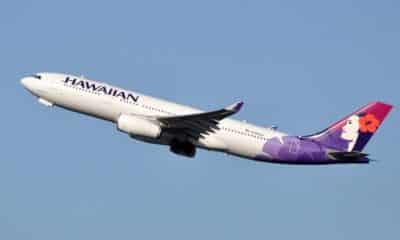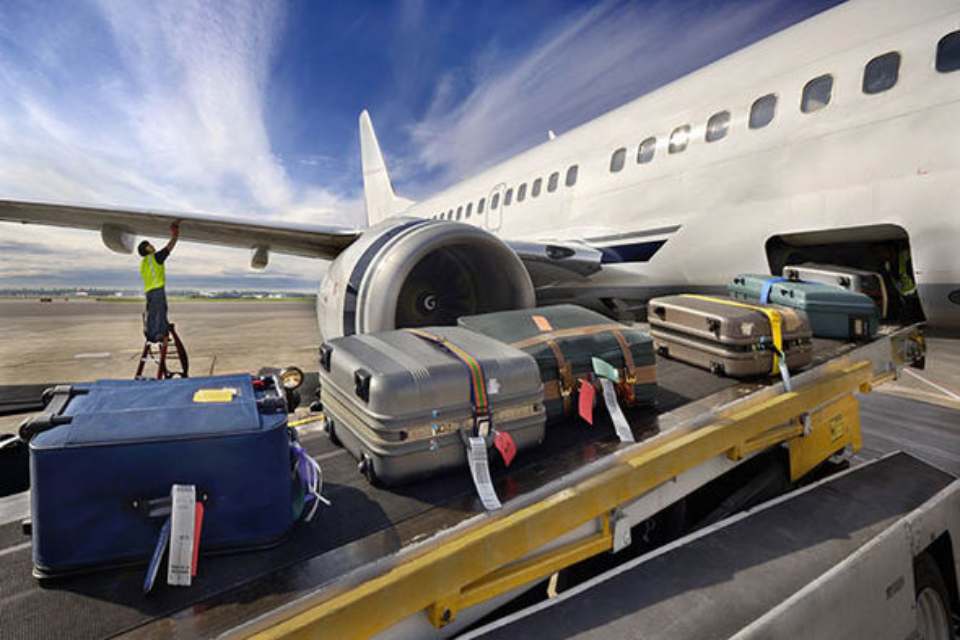Aerospace
The Airbus A380 is getting ready to fly again and Capacity Edges to 100 Million : OAG
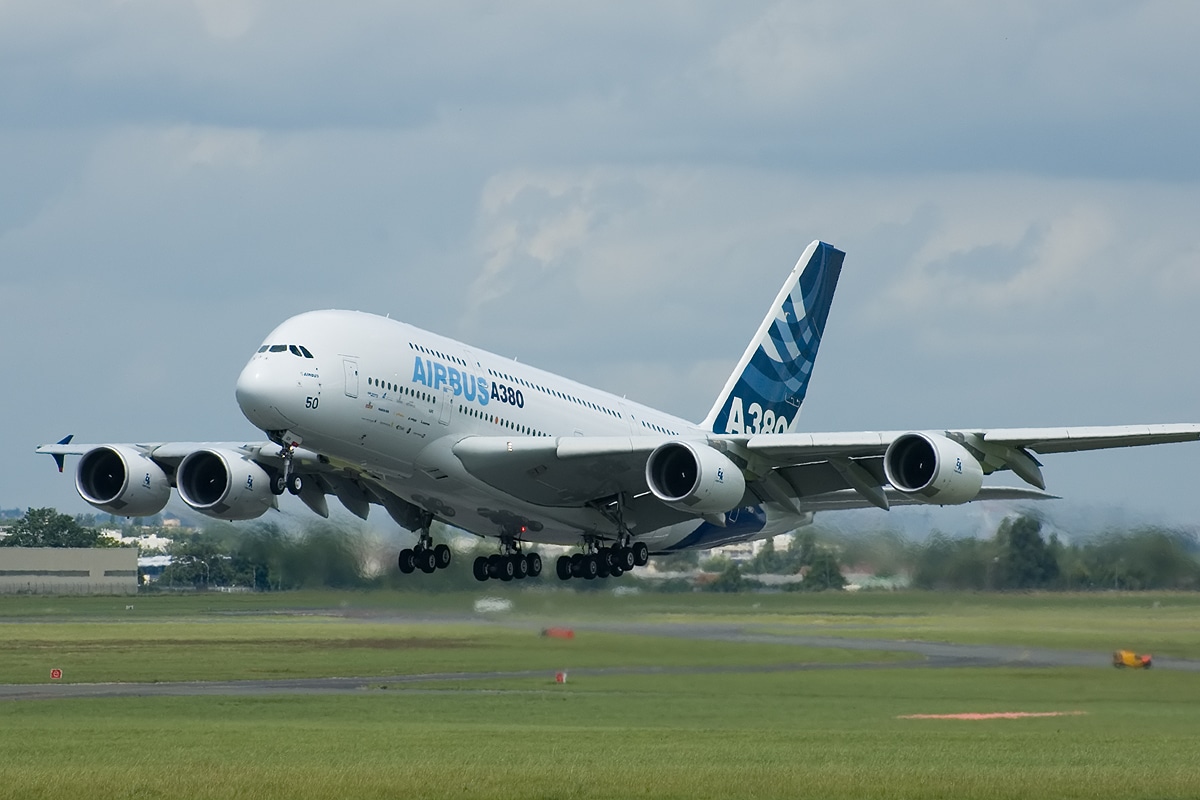
The Airbus A380 is getting ready to launch once more, and capacity is approaching 100 million.
With the forthcoming Fourth of July vacations, will we pass the 100 million seat threshold next week when airline capacity has settled at 99.9 million seats? Possibly or not!
Last week, the IATA AGM came to a successful conclusion. Delegates were entertained by a local folk ensemble and performances by Christina Aguilera and Jennifer Lopez, who both travelled long distances to attend the event.
When the Dutch Government announced a 20 percent cut in movements at Amsterdam Schiphol, the staff members at the IATA Slot Conference in Seattle were busy. How on earth airports and airlines can create long-term plans with such impulsive decisions is beyond me.
Will Lufthansa and Etihad add the Airbus A380 to their fleets again?
According to reports, two airlines—Lufthansa and Etihad—are thinking of reintroducing the Airbus A380 to their fleets to get around upcoming supply issues. How rapidly things improve, and let’s hope that continues to be the case. Nine carriers will run just under 1,000 A380 flights this week, with Emirates accounting for 70% of those, British Airways for 9%, and Qatar Airways for a very hesitant 7%. In 2019, fourteen airlines operated more than 2,300 A380 services.
The recovery is still going strong, according to forward-looking airline capacity through the end of September. Despite a lower starting point, capacity declined by 7% in September 2019 compared to August, and this September is presently 4% below August. This shows ongoing optimism in the recovery. With almost 30% greater capacity and most likely above 85% of the 2019 level, September will be substantially stronger than last year, even after accounting for the probable drift of some capacity in the upcoming months.
Western Europe is once again at the top of the lists this week thanks to a shift of less than 1% in the two biggest markets in the world, at least until easyJet makes their announced capacity adjustments and other airlines modify their schedules. Given that public holidays typically have a minor negative influence on capacity and that the United States will be “celebrating” Independence Day next week, it is likely that the positions will not alter.
The Regional Markets in North Africa and the Middle East are Growing the Fastest
The fastest rising regional markets this week were in North Africa (+7%) and the Middle East (+5%), both of which reported gains of more than 75% over the same week last year. With the exception of North East Asia, every region in the world now has significantly more capacity operating than it did a year ago, and half of those regions report more than 50% growth. This is quite remarkable and explains why airlines are simultaneously running out of resources and frantically seeking out new aircraft.
Read more OAG report.

Aerospace
India is set to build a central command for the Air Traffic Control system, called ISHAN

India’s air traffic growth has led to increased responsibilities for air traffic control. The Airports Authority of India (AAI) is considering centralizing air traffic control for aircraft, dividing the country into four regions. The goal is to consolidate India’s segmented airspace into a single entity to improve air traffic management (ATM) efficiency, safety, and smoothness.
Recently, the AAI invited expressions of interest to develop a detailed project report for the Indian Single Sky Harmonized Air Traffic Management (ISHAN) initiative in Nagpur. Under this plan, air traffic controllers in Nagpur would handle domestic flights flying above 25,000 feet, eliminating the need for coordination among controllers in different regions.
For domestic regional flights operating above 25,000 feet, control would shift to the central command in Nagpur. This consolidation aims to enhance airline operations, increase flight handling capacity, and reduce congestion and flight times for passengers.
Currently, the AAI provides ATM services over Indian airspace and adjoining oceanic areas, covering over 2.8 million square nautical miles. This airspace is divided into four flight information regions (FIRs) in Delhi, Mumbai, Kolkata, and Chennai, along with a sub-FIR in Guwahati.
FIRs are responsible for providing air traffic services, including weather information, visibility, and search and rescue assistance. The proposed unification under the ISHAN initiative aligns with the projected growth of the aviation industry, which anticipates a doubling of domestic passenger traffic by 2030.
Aerospace
Does AirAsia show interest in Comac aircraft in the future?

Tony Fernandes, CEO of Capital A, operating as AirAsia Group, recently paid a visit to the facilities of COMAC on April 2, 2024, and was thoroughly impressed by what he witnessed.
C919 already securing nearly 1000 orders
COMAC, known for its homegrown aircraft, has launched two promising jets: the ARJ21 and the C919 aircraft. Both aircraft are gaining popularity in the Chinese market, with the C919 already securing nearly 1000 orders from various airlines.
Fernandes expressed his admiration for COMAC’s achievements in aircraft manufacturing, acknowledging the immense challenge it entails. His visit underscored the realization that AirAsia now has a viable third option when it comes to selecting aircraft for its fleet.
During his tour, Fernandes was delighted by the innovation and technology evident in COMAC’s aircraft production and the company’s commitment to long-term partnerships.
He noted that many Western companies have shifted away from prioritizing loyalty and customer service, opting instead for short-term gains and a narrow definition of success.
Last month, COMAC embarked on an international tour, showcasing demonstration flights to neighboring countries, particularly Indonesia and Malaysia. Fernandes believes that the positive impression left by COMAC during his visit opens up new opportunities for collaboration.
Fernandes emphasized COMAC’s remarkable achievements
The shared values of loyalty, customer service, and long-term vision align closely with AirAsia’s ethos, making collaboration with COMAC appealing. With a focus on innovation and excellence, both companies stand to benefit from a partnership grounded in trust and a shared commitment to success.
Indonesia and China have already collaborated in validating and maintaining the airworthiness of the ARJ21 aircraft, indicating a solid foundation for future partnerships.
In his statement, Fernandes emphasized COMAC’s remarkable achievements and genuine desire for long-term partnership, highlighting the absence of ego and a genuine willingness to succeed together. He marveled at COMAC’s fully automated, AI-driven factory, a testament to their dedication to innovation and efficiency.
Fernandes criticized Western firms for prioritizing short-term gains over loyalty, customer service, and long-term strategy, emphasizing the importance of understanding customers’ needs and collaborating to achieve success.
Aerospace
Indigo will soon launch Air Taxi Service in India

InterGlobe Enterprises, the parent brand of IndiGo, is set to revolutionize travel in India with its upcoming air taxi service.
Scheduled for a potential launch in 2026, this innovative venture promises a seamless journey for passengers between two bustling hubs. Delhi and Gurgaon in Haryana. The forthcoming service is projected to revolutionize the daily commute, offering passengers a swift aerial journey covering the distance in a mere 7 minutes.
This remarkable efficiency contrasts starkly with the conventional 90-minute drive, underscoring the immense time-saving potential for commuters. The anticipated fare, ranging from Rs 2,000-3,000, makes this innovative mode of transport not only swift but also remarkably competitive in pricing.
At the heart of this ambitious endeavor lies a strategic partnership with Archer Aviation, a pioneer in electric vertical takeoff and landing (eVTOL) aircraft technology. Under this collaboration, Archer will supply 200 state-of-the-art eVTOL aircraft, representing an investment of US$ 1 billion. These cutting-edge aircraft, capable of accommodating up to four passengers alongside the pilot, epitomize the future of sustainable air travel.
Powered by six battery packs, Archer’s eVTOL aircraft boast rapid charging capabilities, enabling a swift turnaround between flights. With a charging time of just 30-40 minutes, these eco-friendly aircraft ensure minimal downtime, maximizing operational efficiency.
Similar services are anticipated to be introduced by the joint venture in Bengaluru and Mumbai as well. Nevertheless, the service rollout period has not yet been made public by the company. Next year, it is anticipated to get its certification. Following this, the company will start the certification procedure with the Directorate General of Civil Aviation (DGCA).

